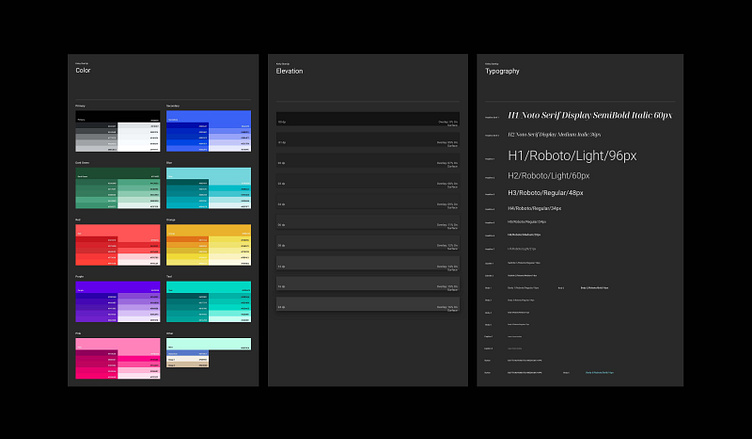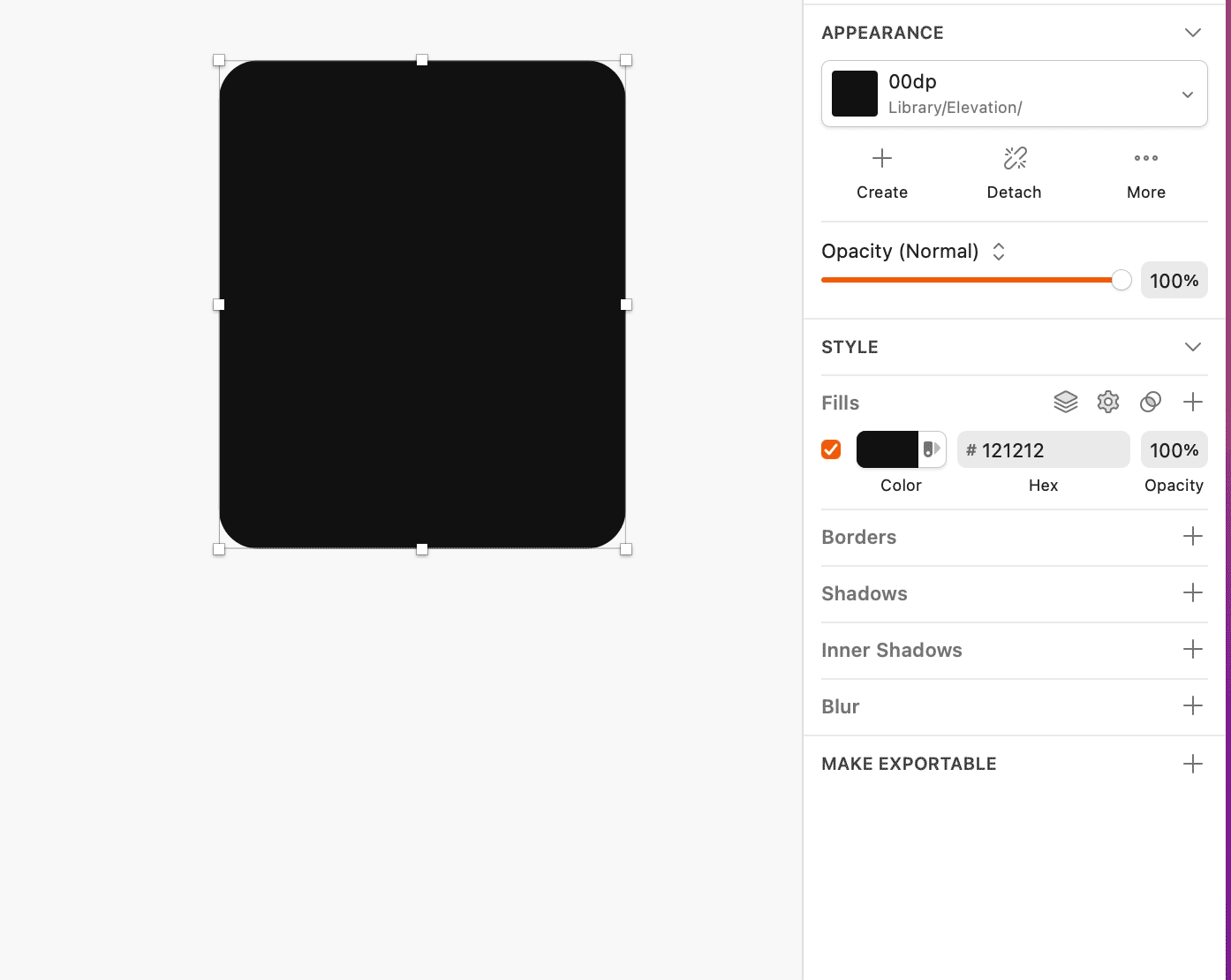Design Systems
A design system is a collection of reusable design components, patterns, guidelines, and assets that ensure consistency, efficiency, and a cohesive user experience across a range of products. It serves as a foundation for design and development teams to create high-quality, user-centered products while maintaining brand identity. A design system also promotes collaboration, reduces redundancy, and accelerates the development process.
An effective design system comprises several key components. First, it should include a comprehensive set of design principles and guidelines that ensure a consistent and cohesive user experience. Second, it should provide a library of reusable components and patterns that speed up the development process while maintaining brand consistency. Third, a robust documentation system is essential to guide designers and developers in implementing the design system correctly. Finally, continuous iteration and user feedback loops are crucial to ensure the design system evolves to meet changing user needs and technological advancements.
Introducing a new component to an existing design system involves careful consideration and collaboration. First, I conduct a thorough analysis of the component's purpose and potential use cases within various products. Then, I would create a detailed design specification that outlines the component's visual appearance, interactions, and behaviors. Next, I would collaborate with cross-functional teams, including designers, developers, and product managers, to gather feedback and refine the component.
To keep a design system relevant and adaptable, I adopt a proactive approach. I stay abreast of industry trends and emerging technologies by subscribing to relevant design blogs, read books of thought leaders such as Tim O'Reilly or Ben Shneiderman, and engage in online design communities.
Accessibility is a fundamental aspect of a design system. I know WCAG (Web Content Accessibility Guidelines) from my Frontend Scholarship at Google. I would like to conduct regular accessibility audits and integrate accessible design patterns, conduct usability testing with users who have different abilities, and involve accessibility experts in the review process. By incorporating inclusive design principles, I ensure that all users, regardless of their abilities, can interact with our products seamlessly.















